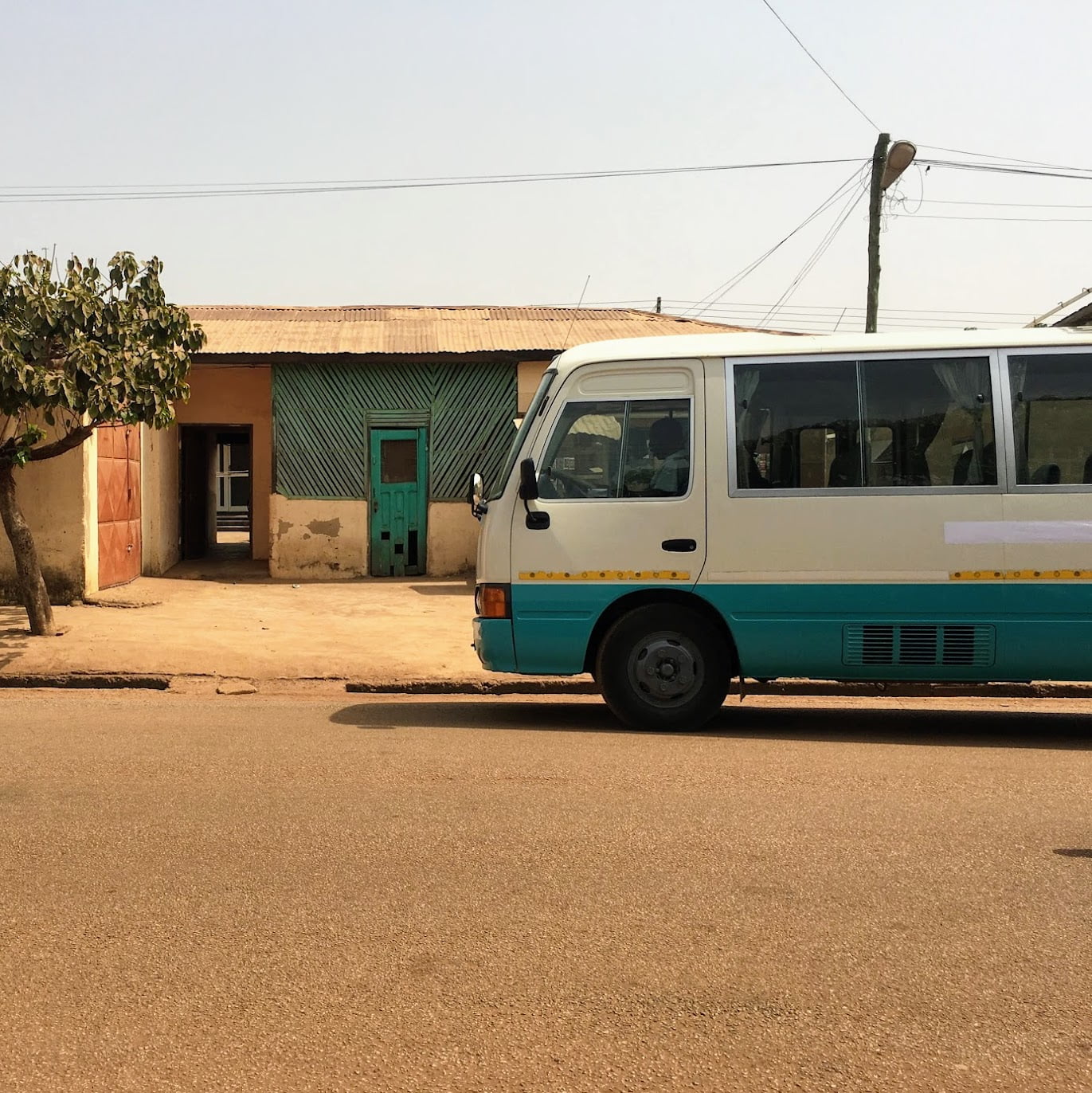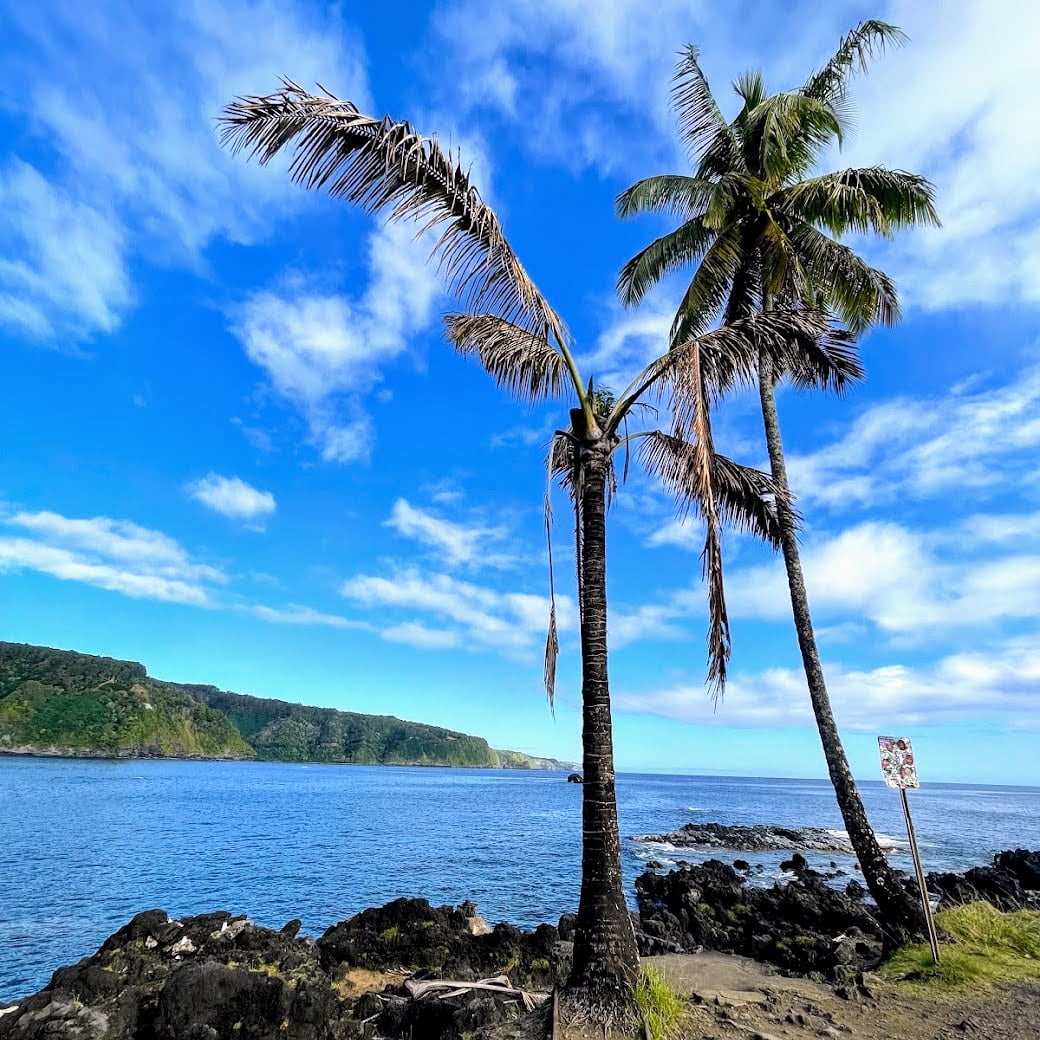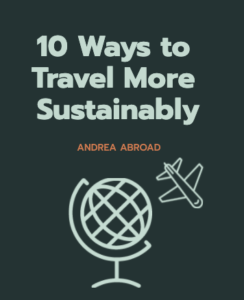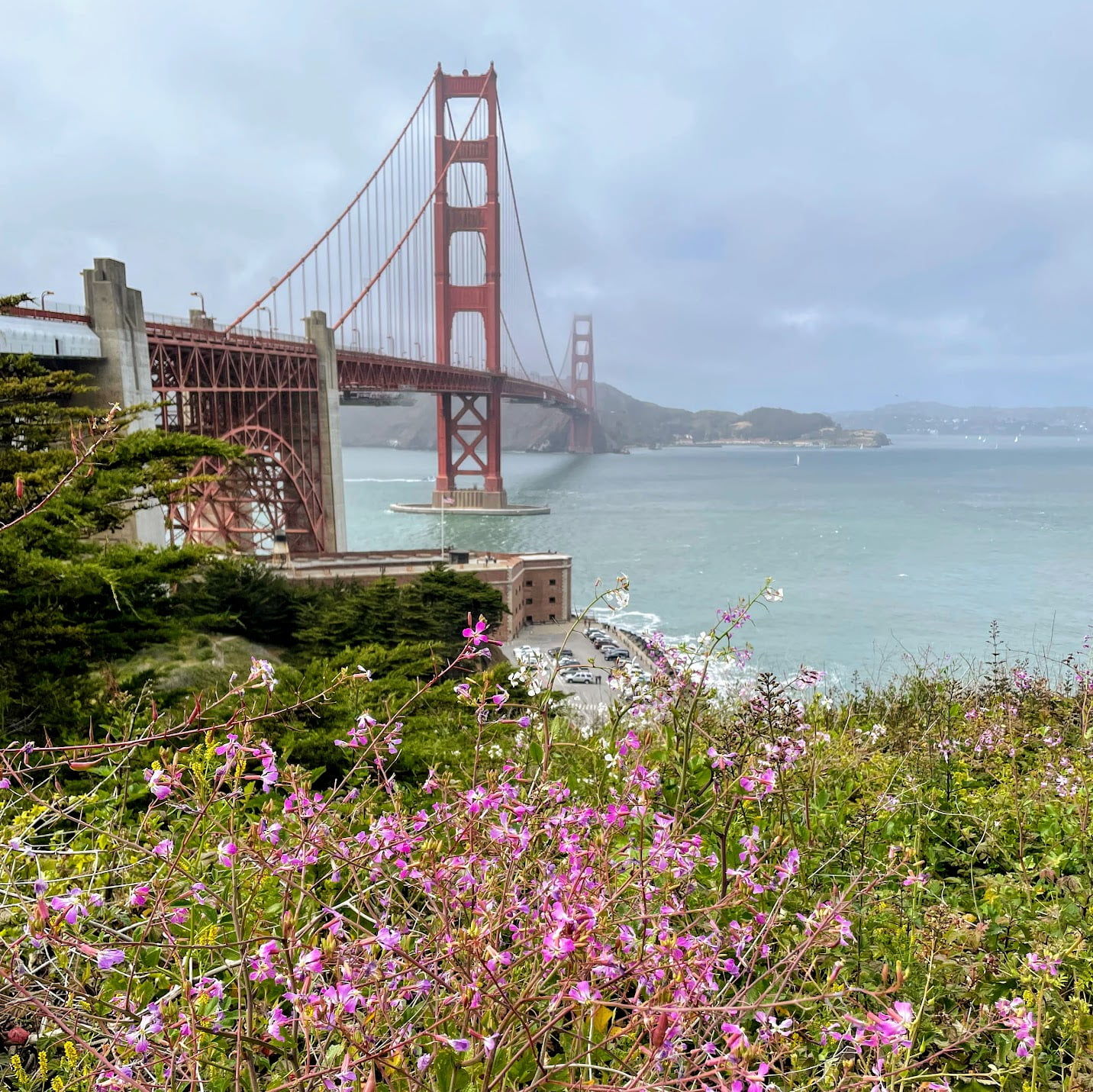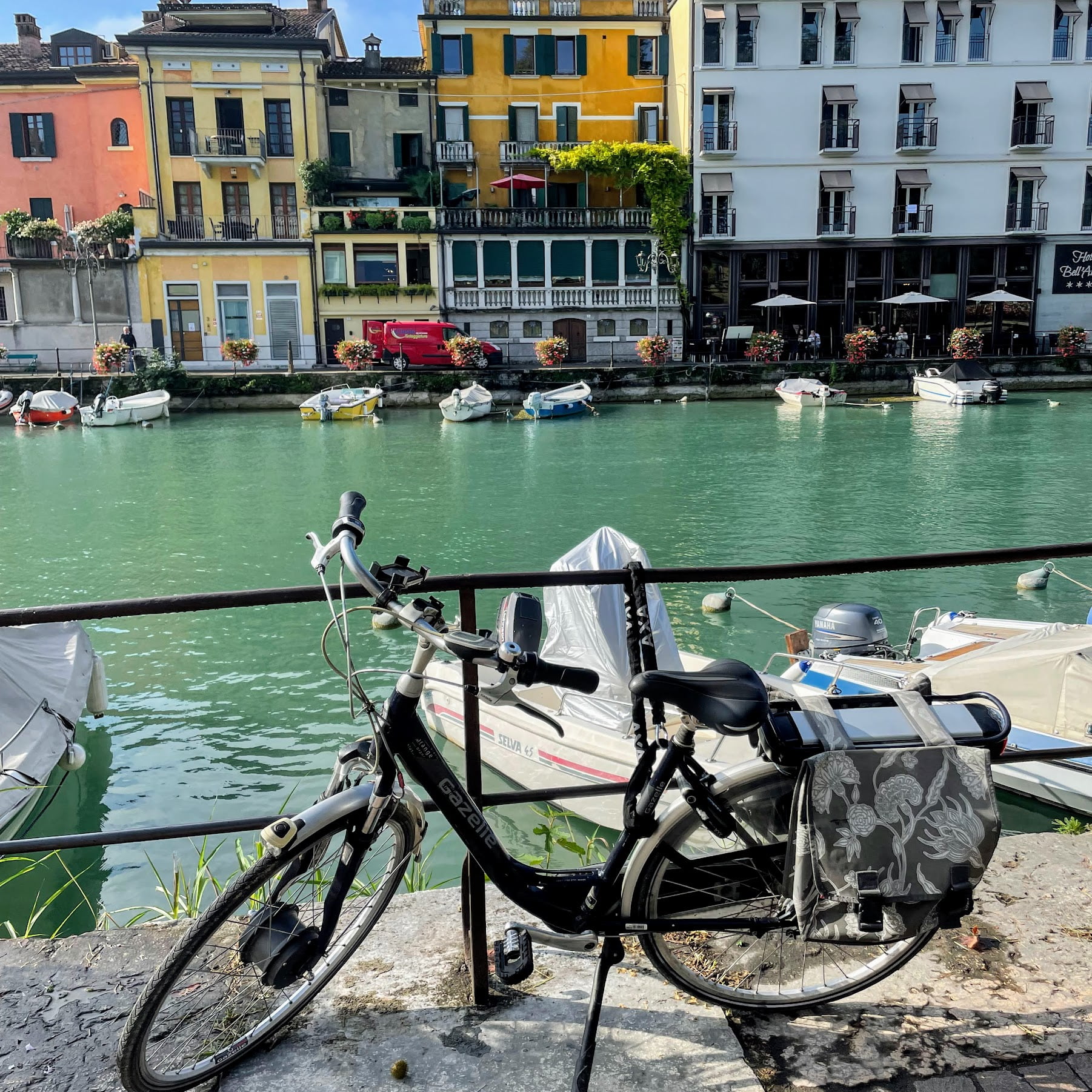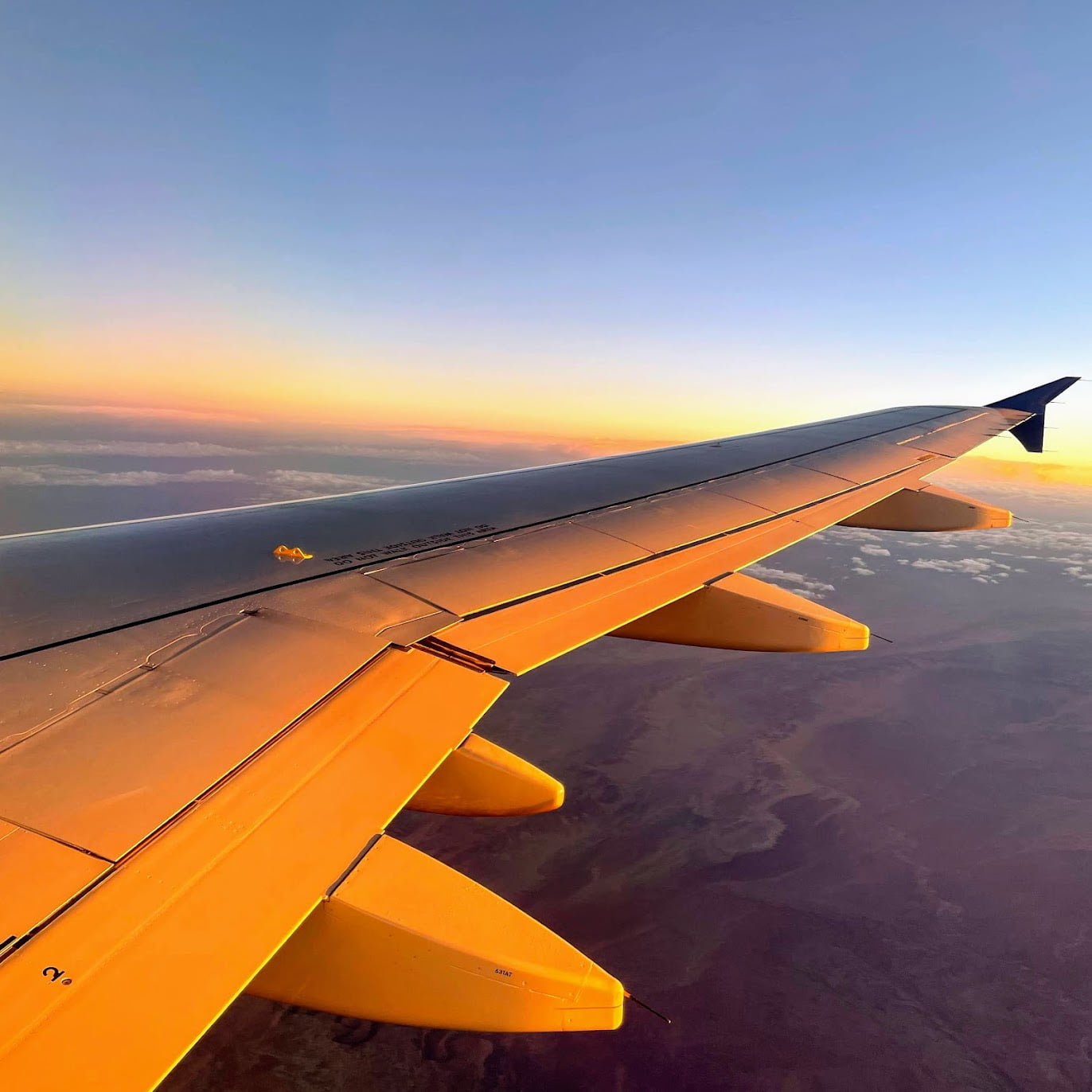
Does sustainable travel really exist? As an eco-conscious travel blogger, this is a question that keeps me up at night. Unfortunately, the most sustainable travel would be to not travel at all – but this is not a realistic solution to the climate crisis. Travel is necessary for many reasons such as to bring people together to have important conversations, to connect people to their families, and for people to see the world and have a better understanding and appreciation for the planet on which we live. I firmly believe that there is a way to minimize the negative impacts of travel and maximize the positive ones. Use these tips to make your travels as sustainable as possible!
1. Travel Slower
If you have the ability to spend more time at each destination and take less trips, especially flights, you will be able to minimize your travel emissions. This is especially great for trips like visiting Europe from the United States – where you can do one long haul flight and then use trains and buses to travel all over the continent. Traveling slower is also an opportunity to learn more about the local community you are visiting, spend more time shopping at local markets, and truly appreciate the culture of the host city. Also take a minute to re-evaluate why you are traveling. Don’t idealize the top sights bucket list, but instead try to stay longer and immerse yourself more. You can even try to tame your travel bug by watching travel videos on Youtube, or pretending to get away through a movie that transports you to another location such as Letters to Juliet takes you to Verona, Two States takes you to India, Zindagi Na Milegi Dobara takes you to Spain, and the iconic Eat, Pray, Love takes you all over!
2. Buy Carbon Offsets for Your Flight
Travel and Tourism represent some 5% of total global emissions. About 2% of global emissions come from traveling by airplane (UNWTO). Right now, the best thing a traveler can do is to fly less. This could mean travel for a longer period of time, take non-stop flights, or limit trips. With these efforts, you can then purchase carbon offsets to account for the emissions from the flights you do take. A carbon offset is the amount of money it takes to fund a project that will remove the same amount of carbon you output from your flight. You can buy from the airline itself, but I recommend doing research into the projects they are funding because they often aren’t certified projects that meet the standards of the Paris Climate Agreement. Using the UN Carbon Offset Platform allows you to pick the exact project and ensure they are certified, or look into other platforms like Cool Effect. According to the International Civil Aviation Organization, carbon offsets are just one elements of the measures being taken to reduce aviation emissions, also including Sustainable Aviation Fuels, technology and standards, and operational improvements.
3. Choose Environmentally Conscious Accommodations
Choose locally owned accommodations so your money goes back into the host community. Check out Airbnb, VRBO, eco-lodges, bed and breakfasts, or locally owned hotels. As always, there are positives and negatives to each of these choices, for example, the booming popularity of Airbnb has caused companies to buy housing in bulk to rent out on Airbnb, inflating the local housing price and pushing out local residents. Most of the major hotel chains do have decent sustainability goals (Marriott, Hilton, Fairmont, Hyatt, Kimpton), but if you stay in a hotel, make sure to pick one with comprehensive sustainability goals.


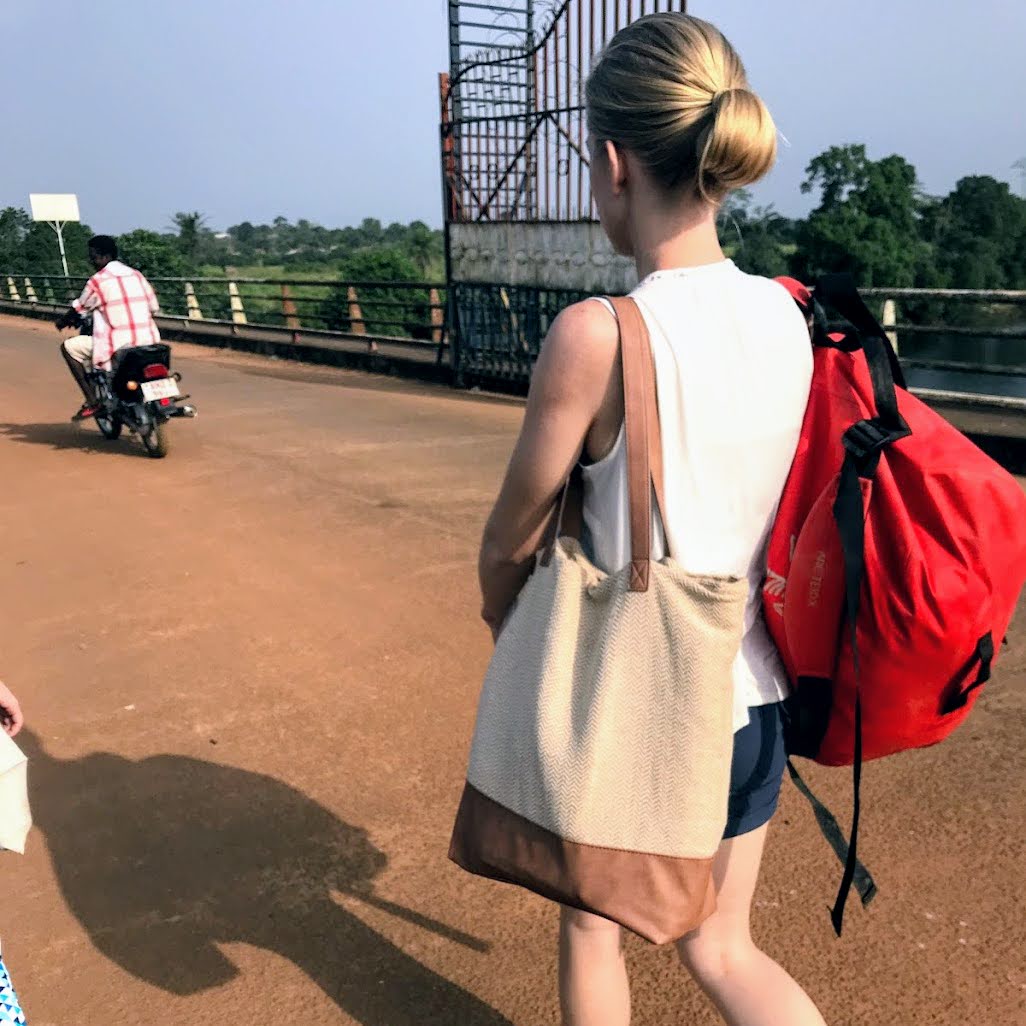
4. Utilize Low-Impact Local Transportation
When possible, use public transportation, trains, bikes, or walking to get around when traveling. These forms of transportation have lower carbon emissions per person, minimizing your impact. Avoid short flights and individual vehicles that have higher emissions per person.
5. Buy Souvenirs from Local Artisans
Buying souvenirs is great way to remember your trip, but make sure to buy from local artisans and not trinket shops. Often souvenir shops don’t adequately pay the artisans for their goods and the majority of the profit goes to the re-seller. If you buy trinkets, there is also a high chance the product was manufactured outside of the host country and shipped there, resulting in a higher carbon footprint.
6. Rent Vacation Outfits
When going on a trip, it is always fun to have exciting new outfits that match the style and climate of your destination. Instead of buying new clothes for your trip that you wouldn’t necessarily wear on a daily basis, use a rental service to get specific items that you need for the duration of your trip. I personally use and strongly recommend Rent the Runway because they have a huge collection and great sustainability policies.
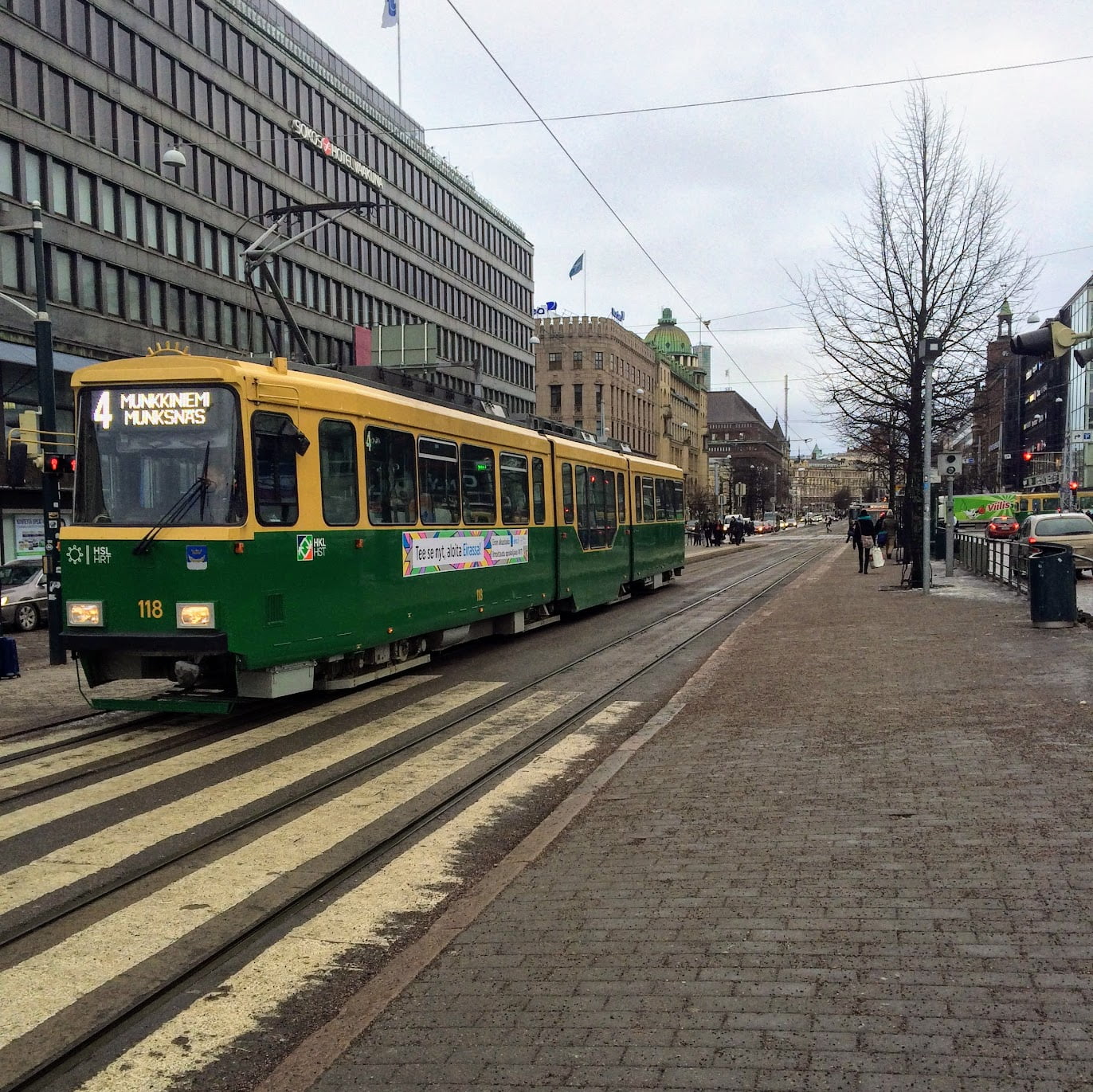
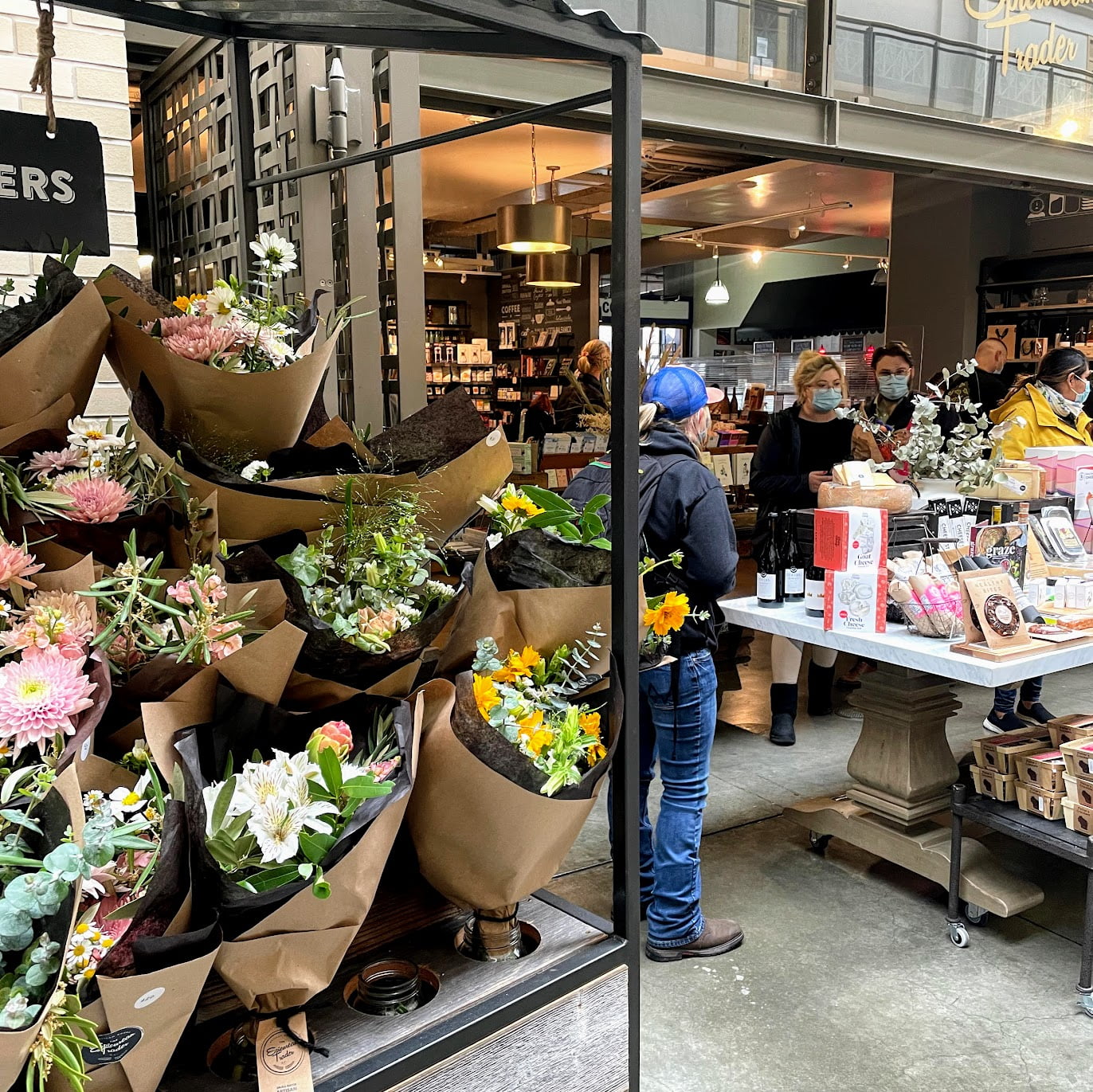
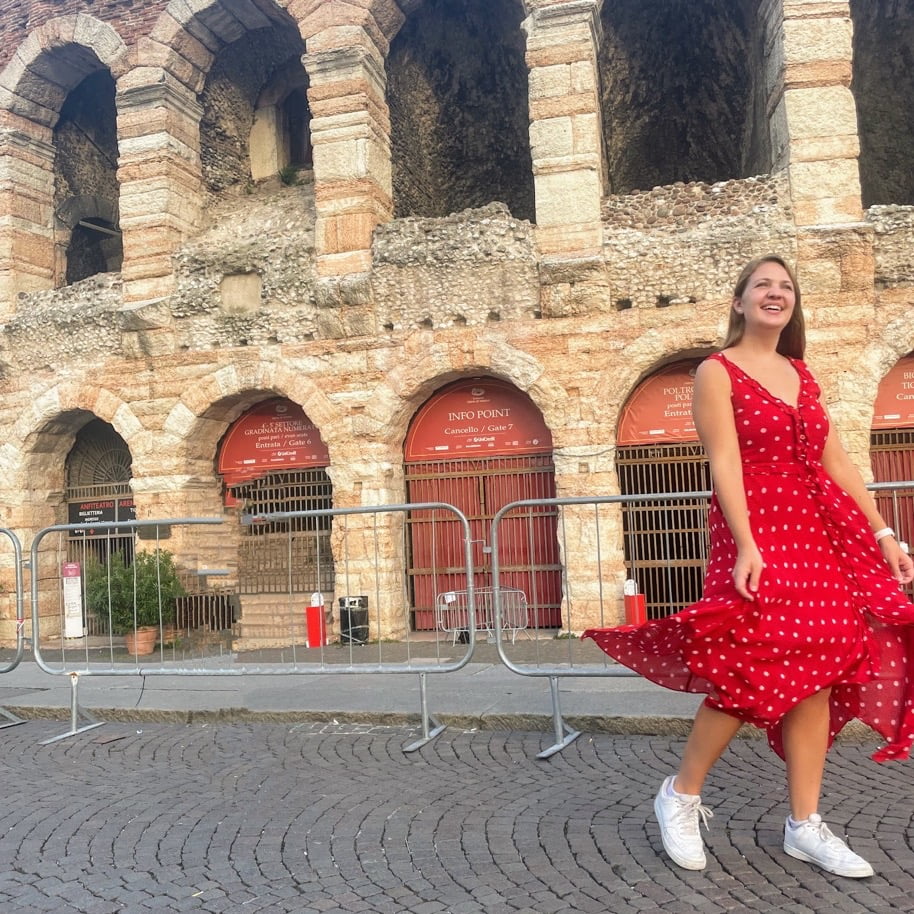
7. Avoid Voluntourism
Although you might have great intentions – traveling to volunteer often disrupts the local economy, doesn’t account for the needs of the community, or encourages the “white savior” complex. This is one place where you can absolutely avoid unnecessary travel. If you truly want to help a community, donate or loan the money you would have spent on traveling, rather than actually going to this place. You can still learn about the community you are supporting by working through an organization such as Kiva – this way you can be more involved and your money can be used by a local organization to employ members of the community, ensure that the help given is the help needed, and provide opportunity for the community to build and improve in the way that they know is best. Instead, travel to learn from other cultures, and broaden your perspective.
8. Eat Local
Flying food across the world means a bigger carbon footprint, so focus on eating locally grown and in-season food. Not only does local food taste better, it also supports the local farmers and minimizes the food’s environmental impact. A lot of countries outside the United States do a much better job at sourcing local food – but try to generally stray away from the tourist hubs and restaurant chains. Instead, wander off the beaten path a bit to support smaller or family-owned restaurants, and shop from markets instead of grocery stores.
9. Use Reef Safe Sunscreen
There are chemicals in conventional sunscreen that are harmful to marine life. “Reef Safe” usually means the sunscreen uses only mineral UV-blocking ingredients like zinc and titanium dioxide. When heading to a tropical destination, such as Costa Rica, check the sunscreen label for harmful ingredients such as:
- Oxybenzone
- Octinoxate
- Octocrylene
- Homosalate
- 4-methylbenzylidene camphor
- PABA
- Parabens
- Triclosan
- Any nanoparticles or “nano-sized” zinc or titanium (if it doesn’t explicitly say “micro-sized” or “non-nano” and it can rub in, it’s probably nano-sized)
- Any form of microplastic, such as “exfoliating beads”
Source: SaveTheReef.org
My personal favorite brand is Raw Elements because not only is the sunscreen reef safe, but it comes in recyclable aluminum tins!
10. Vote for Elected Officials Who Care About Climate Change
You may be thinking, “hey, this isn’t a travel tip.” But actually, this is the most important one! Individual actions make some impact, but the change we need for emissions to hit net zero by 2050 to limit global warming, will need to be systemic. This can only be achieved if our global leaders respond accordingly and implement policies that hold corporations and the largest emitters responsible, rather than individuals. The best thing you can do to support this is vote for elected leaders who have a comprehensive climate strategy.
